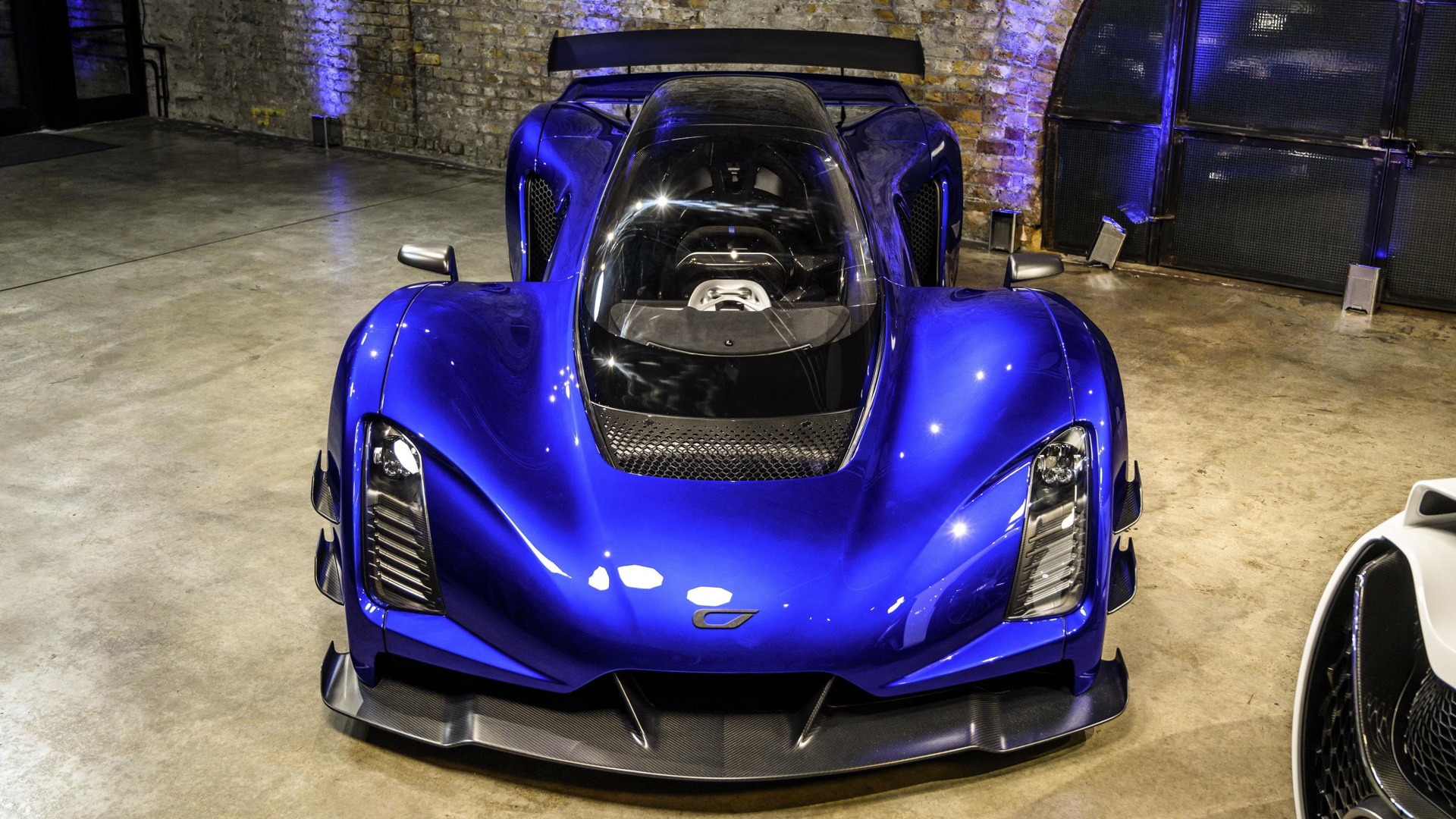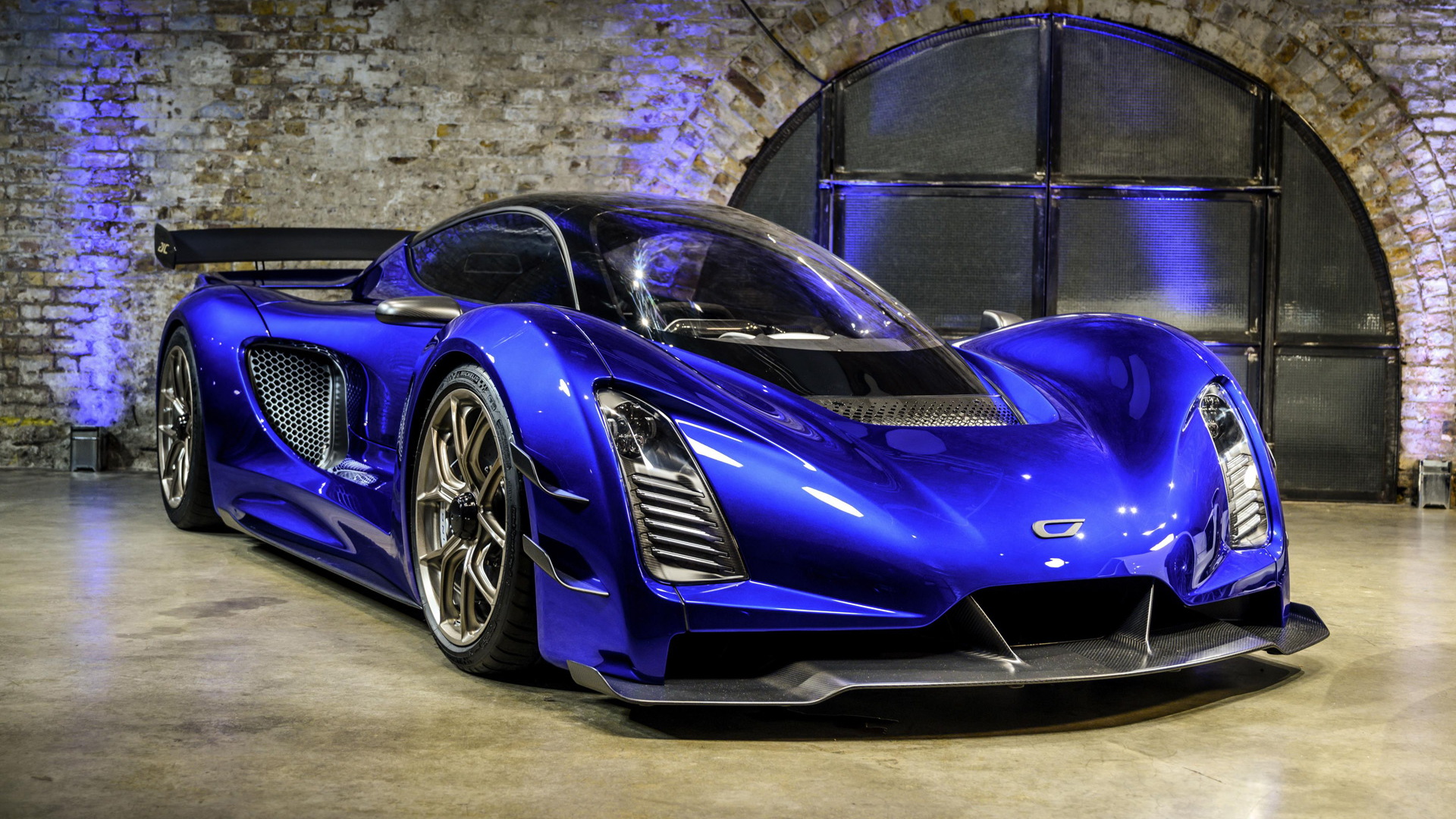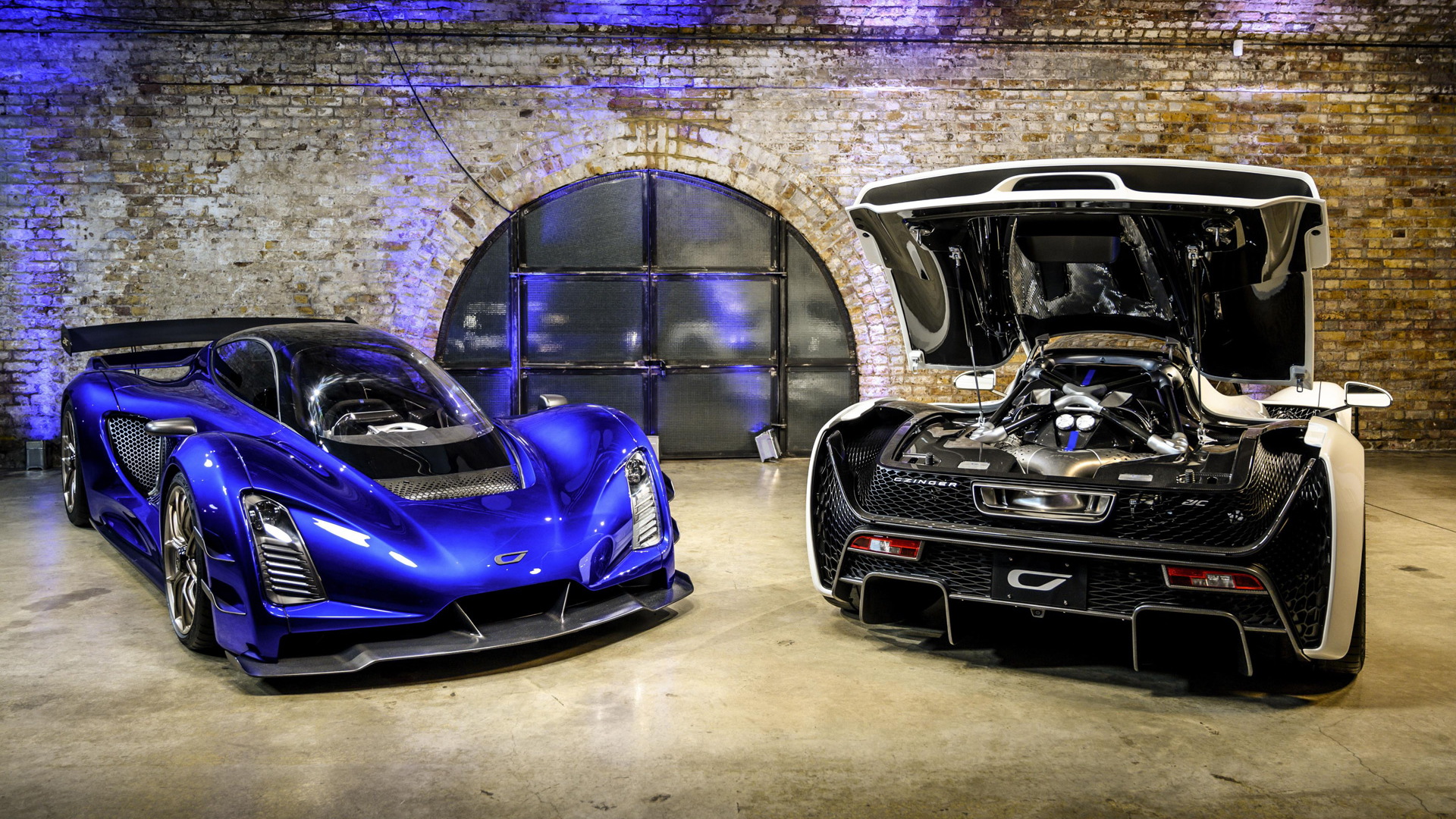The Czinger 21C isn't just another boutique hypercar. It demonstrates a new way of building cars. The 21C's construction does away with tooling, assembly lines, and all the other expensive trappings of traditional automotive manufacturing.
Central to this strategy is Czinger’s use of a proprietary production system that enables flexible, on-demand production. Almost all of the metal components—aluminum, titanium, and Inconel (a heat-resistant material originally developed for use in the aerospace industry)—are 3D-printed while composite body parts are formed in molds. And instead of mating components together on a traditional assembly line, everything is done by robots in one central location.
It means the Czinger factory, located in Los Angeles, doesn't need to be reconfigured for different models, only the software controlling it all needs to be changed. And yes, Czinger plans to follow up the 21C with multiple models, all of them performance-oriented. The downside is that the production process isn't geared up for volume manufacturing. The 21C for example will have only 80 units all up, each priced from $1.7 million and taking about 3,000 hours to complete.
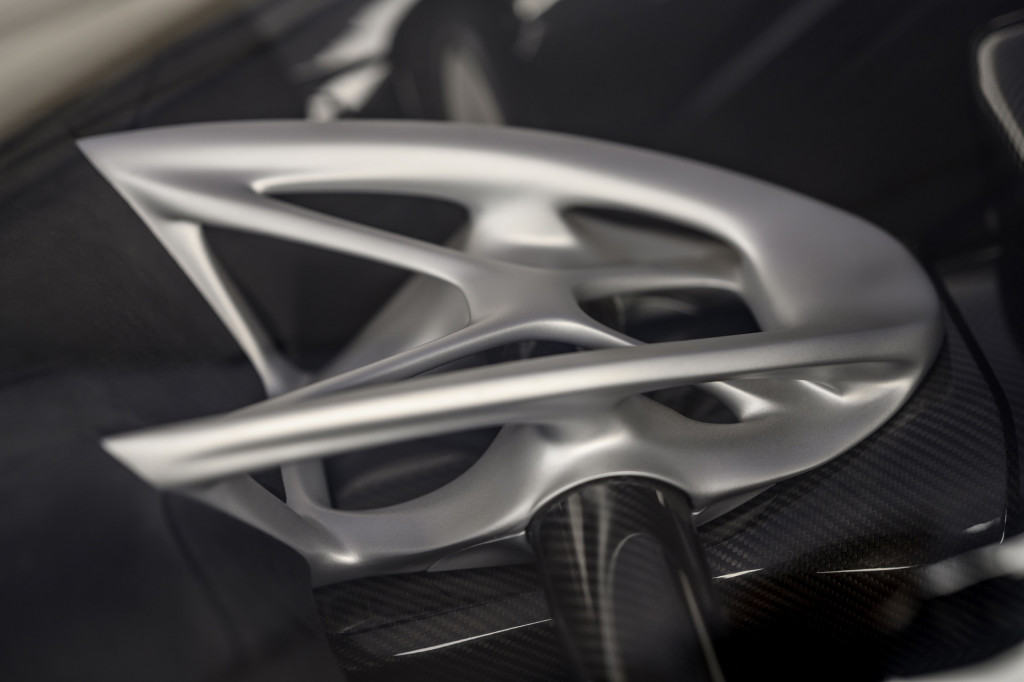
Czinger 21C
But the way Czinger designs components is perhaps just as revolutionary. Because of the possibilities afforded by 3D printing, each component is computationally engineered and optimized for weight, efficiency and performance. It means no more material is used than what is actually needed to meet Czinger's performance targets, resulting in parts that look almost organic in structure. As Czinger CEO and founder Kevin Czinger said at the 21C's launch in London this week when describing the look of the 21C's components, “they look like something from nature because nature competes for material and energy. It has to be efficient."
Depending on the application, some parts might be hollow, some could feature a three-dimensional internal structure, while others could be composed with multiple materials. As a result, weight is down and strength is up compared to traditionally tooled parts. This has resulted in some interesting innovations in the structure of the 21C. According to Czinger, its monocoque structure combines not only structural elements but also cooling (via thermosiphon processes), fluid routing, and even exhaust sound management.
The monocoque structure in the 21C weighs just 265 pounds, helping the car achieve a dry weight of less than 2,645 pounds. The feat is made all the more impressive when you consider the 21C packs a 1,233-horsepower hybrid drivetrain combining a twin-turbocharged V-8, three electric motors, and two—albeit small—batteries.
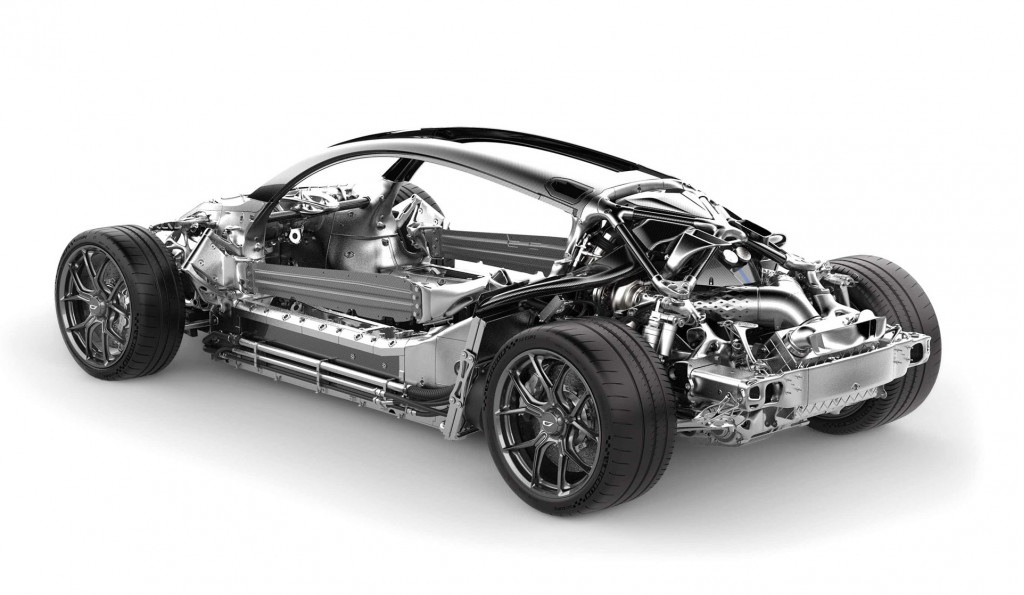
Czinger 21C
The drivetrain is Czinger's own design and consists of a bespoke 2.88-liter twin-turbocharged V-8 boasting a flat-plane crank, an 80-degree bank angle, a 9.5:1 compression ratio, and 11,000-rpm redline. Two electric motors with torque vectoring power the front wheels while the V-8 powers the rear pair. A third electric motor acting as a generator is mated to the V-8, sitting between the engine and a 7-speed sequential transmission with straight-cut gears, and ensures the vehicle's twin fast-charging lithium-titanate batteries are always topped up.
The low weight and high horsepower result in some insane performance numbers. According to Czinger, the 21C will go from 0-62 mph in 1.9 seconds, from 0-186-0 mph in 15 seconds, and from 0-248-0 mph in 29 seconds (that would be a new record, by the way). The top speed is 268 mph. The 21C will also complete the quarter-mile in 8.1 seconds, the company promises. Czinger worked closely with Michelin to ensure the 21C's tires will be capable of such performance.
Czinger said it will start deliveries of a track-only version of the 21C (shown in blue) in late 2021. A street-legal version will follow in 2022.
